General Info – summary.
This spineless, unbranched and erect Fern caudex is furry and up to 7m high. Long, arching, elliptic tripinnate Fronds fall without leaving scars. Reproductive Structure has no flowers or seeds. Haploid sori house dehiscent haploid sporangia with wind dispersed diploid Spores that grow into a tiny, haploid, free-living Prothallus where sexual reproduction occurs and from which the diploid new plant grows.
Description
Alsophila dregei.
Previous Names: Alsophila baronii, Alsophila dregei, Cyathea angolensis, Cyathea burkei, Cyathea dregei, Cyathea flavovirens, Cyathea polyphlebia, Cyathea segregata.
SA Tree No. 1.
Common names: (Afr) Boomvaring, Gewone Boomvaring, Grasveldboomvaring. (E) Common Tree Fern, Eastern Tree Fern, Grassland Tree Fern. (isiXhosa) Isihihi. (isiZulu) Isihihi, isiKhomakhoma, Umphanga. (Northern Sotho) Seremodi. (siSwati) Inkhomankhoma, Inkomakomo, Umkhomo. (Tshivenda) Mudima, Tshidima.
Family: Cyatheaceae (scaly tree ferns) with about 7 genera and about 11 000 species worldwide. All reproduce by spore production (not seeds). The stems are erect and mainly trunk-like and may reach 25m in height. Leaves are pinnately compound and up to 3m long. There are 2 tree species in the South Africa and both are in the Genus Alsophila (previously Cyathea). They are A. dregei and A. capensis. Fossil records show that ferns were around in the middle Devonian period – about 360 million years ago but the current family first appeared about 145 million years ago. Older algae, fungi and mosses do not have vascular tissue (containing specialized water and nutrient-conducting cells). The ferns do have vascular tissue and were the first plants to also have stems and leaves but they differ from other vascular plants, in that they do not produce flowers or seeds.
Name derivation: Alsophila: lovely open woody environment. dregei: named after J F Drege 1794-1881. He was a German plant collector and explorer who was in South Africa from 1826 to 1834.
Conservation: National Status: L C. (Least Concern). Assessed: 2020 (L. von Staden). People often attempt to remove this tree from the wild to plant at home – usually without success.
Tree
Alsophila dregei is a large, robust Tree Fern (photo 163) and is the most common and widespread of the two genera of Alsophila in South Africa. The other is Alsophila capensis ssp. capensis. The thick Caudex (a term for a stem or stem-like structure) is usually unbranched, sturdy, smoothish, rather furry and without spines. Alsophila dregei is usually unbranched and may reach up to 7m high (usually about half this) and may be up to 0,45m wide (photo 661). The plant is usually erect but may lie down – in which case it may send out roots that start a new plant. The tree terminates with a wide-spreading crown of leaves (photo 794). The remains of the Petioles (leaf bases – photos 793 & 660 – both under Leaves) are only visible near the current leaves towards the end of the caudex and these do not last long. Otherwise, the trunk is bare (photo 32). This photo shows these plants growing along a stream – among the yellow flowers of the attractive Phymaspermum acerosum in the family Asteraceae/Compositae.
- 163 2013.03.25 Kirstenbosch NBG. Photo: David Becking.
- 32 2016.05.16 Crystal Springs. Photo: David Becking. + Phymaspermum acerosum – yellow.
- 794 2015.11.10 Walter Sisulu NBG. Photo: David Becking.
- 661 2016.04 Walter Sisulu NBG. Photo: David Becking.
Leaves
Pinna = if the rachis (main axis) of a compound leaf has leaves attached directly to it then each leaflet is a pinna. When there is a “branch” attached to the rachis and the leaflets are attached to this “branch” then this “branch” is the pinna e.g. in Alsophila dregei. Here the leaflets attached to the “branch” are called pinnules.
The Leaves are elliptic (in outline) and here the leaves are called Fronds (photo 793). They are darkish green above and paler below. The lowest parts on each frond are reduced. The caudex (a term for a stem or stem-like structure) terminates with a wide-spreading crown of leaves (photo 793). Here the 10-12 graceful, feathery and arching fronds develop. Fronds are darkish green above and paler below. These fronds are 1-3m long and tripinnate (having bipinnate leaflets or lobes that are themselves pinnately divided). The leaflet margins are not quite entire (with a continuous margin – photo 700).
The Petiole (leaf stalk) is wide, with rust coloured woolly hairs and is prickly at the base. It is usually up to 15cm long but may reach 80cm. Leaflet venation is not reticulated (netted –photo 227 under Reproductive Structures). On the lower side of leaflets, the Lateral veins split into two, about a quarter to half of the way across each leaflet and run, almost parallel to one another, to the margin (photo 695 under reproductive structure). The lowermost leaflets are not modified into a tangled mass of root-like hairs, as is the case with Alsophila capensis. ssp. capensis. Old fronds are somewhat untidy, turning brown, and hanging down. They eventually break off leaving the brown, protruding petioles behind. Each remaining petiole eventually falls off the trunk without leaving a scar. New leaves appear in spring.
- 793 2015.11.10 Walter Sisulu NBG. Photo: David Becking.
- 660 2016.04.05 Walter Sisulu NBG. Photo: David Becking.
- 454 2016.02.02 Walter Sisulu NBG. Photo: David Becking.
- 700 2018.02.06 Walter Sisulu NBG. Photo: David Becking.
Reproductive structure
Unlike the algae fungi and mosses, the ferns do have vascular tissue and were the first plants to also have distinct stems and leaves but they differ from other vascular plants, in that they do not produce flowers or seeds.
Red protruding structures that develop on lower side of the leaflets photo 695 are Sori (each containing a cluster of Sporangia – the spore producing structures borne on the underside of leaflets). Each sorus is round or cup-shaped and lies directly over a vein. An umbrella like Indusium covers each of the many sporangia within each sorus. Each leaflet contains up to 10 sori that develop in 2 rows on either side of the midrib (photo 695). Each sorus surrounds many tiny Sporangia (spore-producing structures) that become visible when the indusium surrounding the sori shrivel. The sporangia are just visible with a hand lens on the now open sori (photo 227). These are red/brown and much smaller than the sori. Each sporangium produces wind-dispersed Spores. These tiny spores are only visible through a microscope. The Spores are produced by meiosis (resulting in half the chromosome number and are thus Haploid). These haploid spores are released when the leaf starts to turn brown (photo 227). The wind-dispersed spores germinate and grow into a free-living, photosynthetic and haploid (only 1 set of chromosomes now present) prothallus (tiny group of flattish cells that may be slightly heart-shaped). They are usually about 1cm wide and contain the sex organs. After Fertilization by mobile flagellate sperm, a new diploid (both sets of chromosomes now present) fern plant emerges, not from a seed but directly from the small prothallus.
- 695 2018.02.06 Walter Sisulu NBG. Photo: David Becking.
- 227 2018.01.03 Walter Sisulu NBG. Photo: David Becking. Just visible sporangia.
Distribution & Ecology
This Tree fern is found in the Western Cape e.g. Cape Town and Knysna, Eastern Cape and northwards to KwaZulu-Natal (common in Royal Natal National Park), Mpumalanga e.g. Blyder River Canyon and Pilgrims Rest, Gauteng, Swaziland, Lesotho, Limpopo, and northwards. This includes Zimbabwe e.g. in the Matobo National Park which is about 35km south of Bulawayo, Zambia, central and northern Mozambique and Madagascar. Trees generally occurs in a wide altitude range from 300m to 2 300m. In South Africa they are also found close to the coast e.g. near KwaDukuza (Stanger). This fern commonly occurs in high altitude grassland along drainage lines – where it is distinctive (photo 32 under Trees). It also occurs in forest margins and in wet forest stream banks. As the leaf bases disappear, the remaining thick hairy trunk of established plants enables them to withstand dry conditions as well as fire. In grass fires, the flames usually pass quickly and this helps the fern, with its thick trunk, to survive. This feature helps to make the fern much less sensitive to frost. Some birds also nest in the crown of leaves. Alsophila capensis ssp. capensis is the only other member of the genus Alsophila in SA and occurs in the Western Cape, Eastern Cape, KwaZulu-Natal, Limpopo, Mpumalanga as well as Swaziland and Mozambique.
Ethnobotany
Only young Ferns may survive after transplanting. These plants do not grow well in cultivation and are slow growing. This fern needs a constantly moist and sunny area. Most cultivated species of tree ferns in South Africa are not indigenous. Local medicine makes use of this plant. These plants grow best from spores – in full sun on moist soil. This is a protected tree under the Mpumalanga Nature Conservation Act, 1998.
References
Boon, R. 2010. Pooley’s Trees of eastern South Africa. Flora and Fauna Publications Trust, Durban.
Burrows, J.E., Burrows, S.M., Lotter, M.C. & Schmidt, E. 2018. Trees and Shrubs Mozambique. Publishing Print Matters (Pty) Ltd. Noordhoek, Cape Town.
Coates Palgrave, M. 2002. Keith Coates Palgrave Trees of Southern Africa. edn 3. Struik, Cape Town.
Jacobson, W. B. G. 1983. Ferns and Fern Allies of Southern Africa. Butterworth Publishers (PTY) limited.
Lawrence, G. H. M, 1951. Taxonomy of Vascular Plants. The Macmillan Company, New York. Tenth Printing 1965.
Palmer, E. & Pitman, N. 1972. Trees of southern Africa. Balkema, Amsterdam, Cape Town.
Schmidt, S. Lotter, M. & McCleland, W. 2002. Trees and Shrubs of Mpumalanga and the Kruger National Park.
van Wyk, B. & van Wyk, P. 1997 Field guide to Trees of Southern Africa. Struik, Cape Town.
von Staden, L. 2020. Alsophila dregei (Kunze) R.M.Tryon. National Assessment: Red List of South African Plants version 2020.1. Accessed on 2022/08/26.
https://en.wikipedia.org/wiki/Cyathea_dregei
http://www.forestferns.co.uk/tree-ferns/cyathea/cyathea-dregei#unique-identifier5
https://en.wikipedia.org/wiki/Cyatheaceae
https://en.wikipedia.org/wiki/Alsophila_dregei

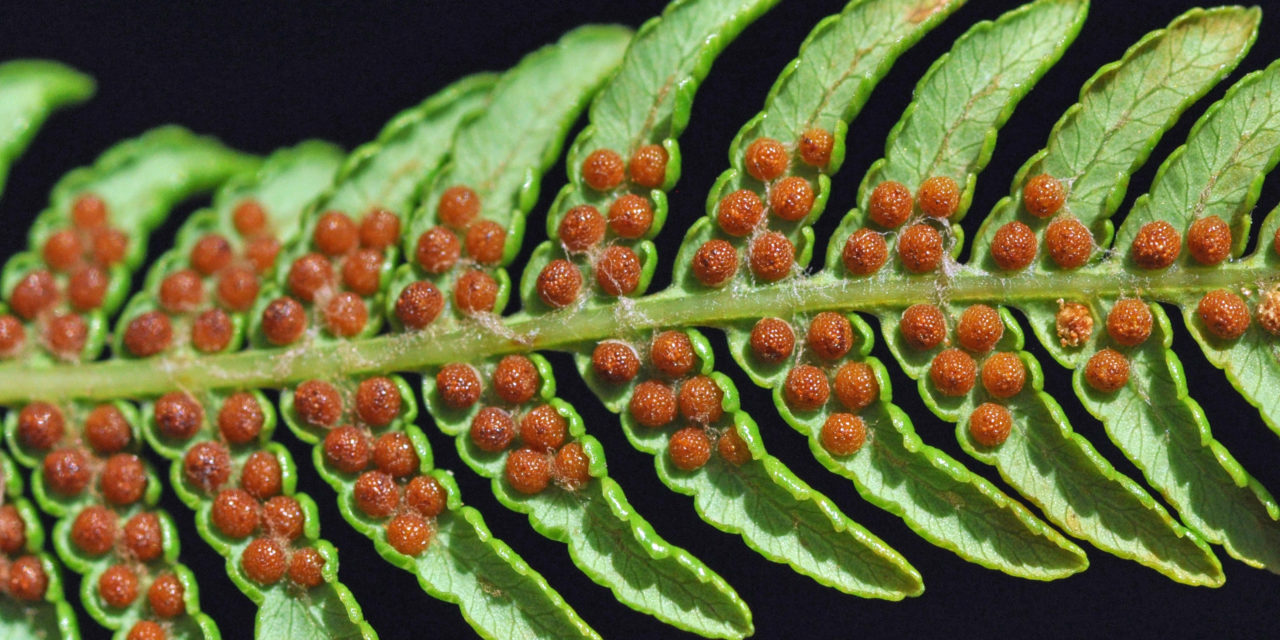
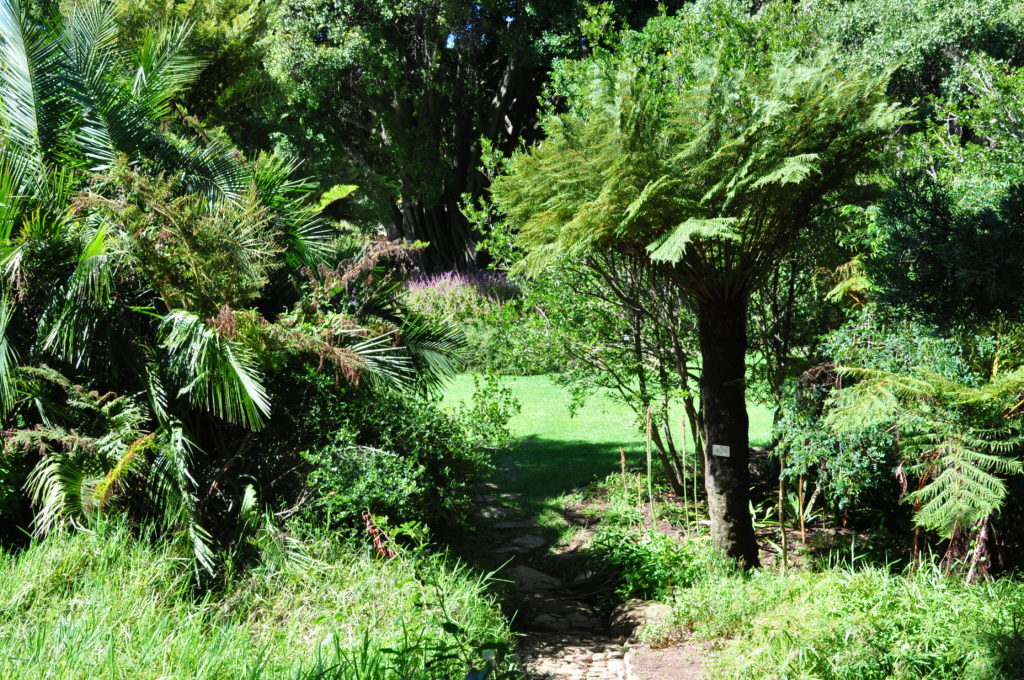
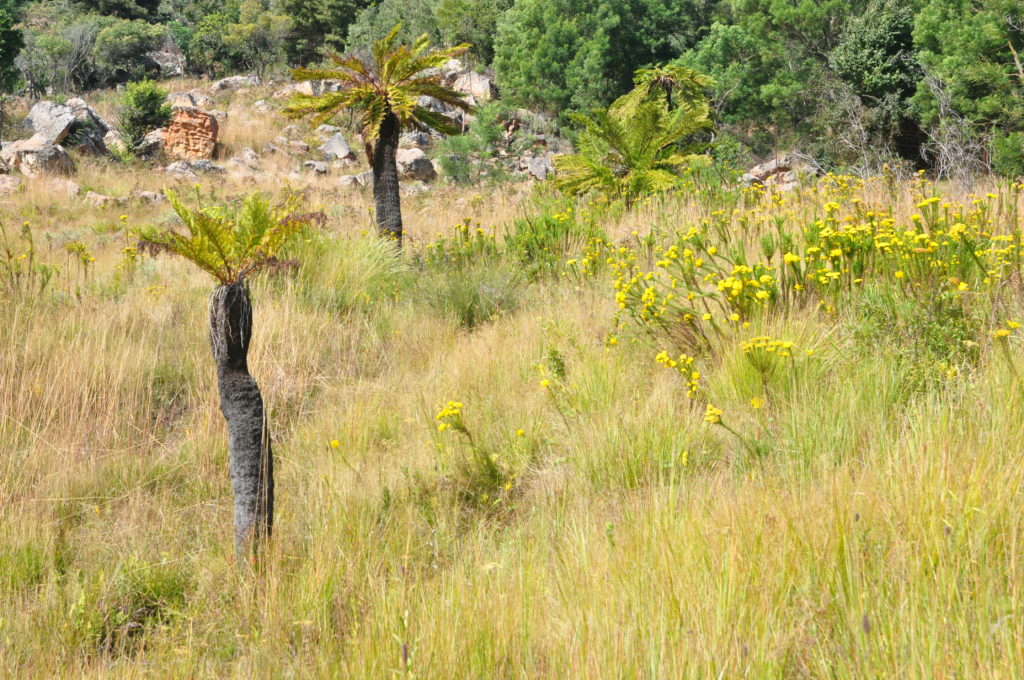
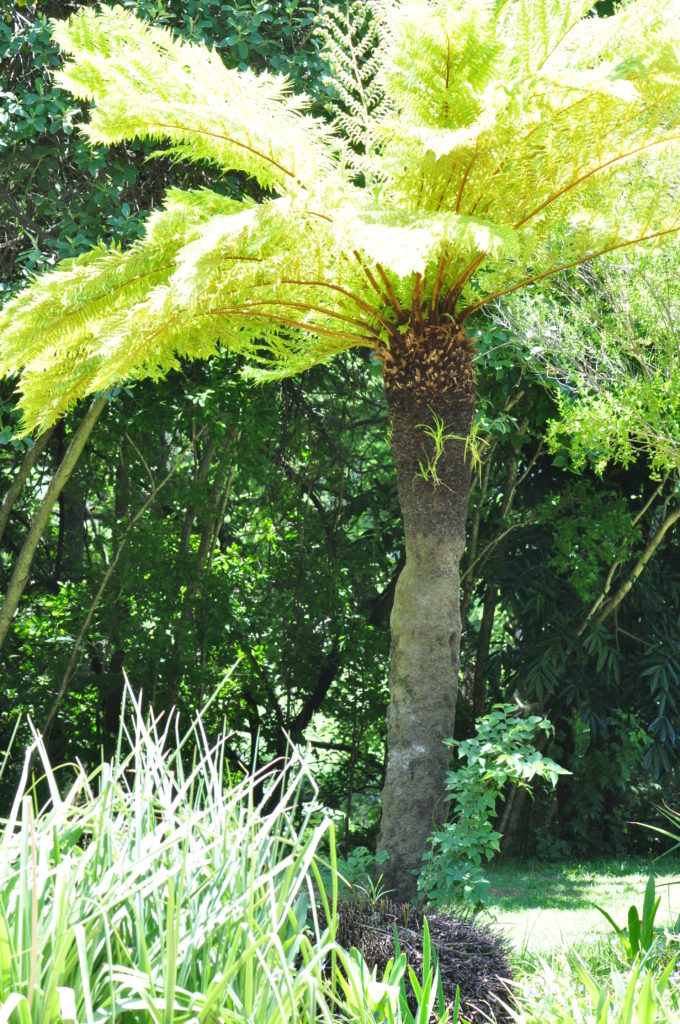
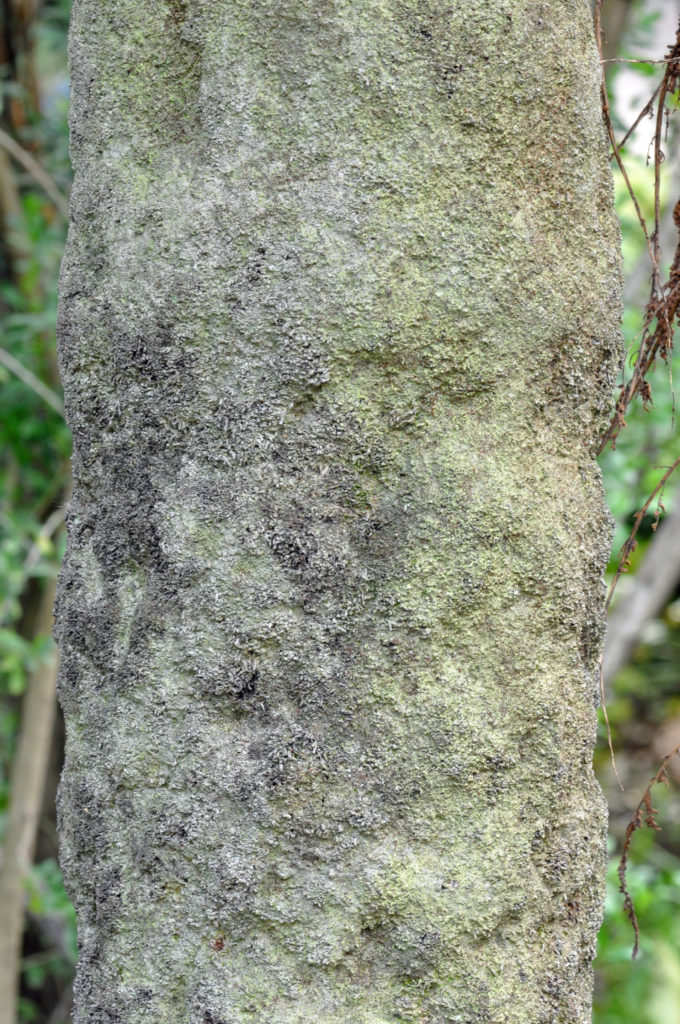
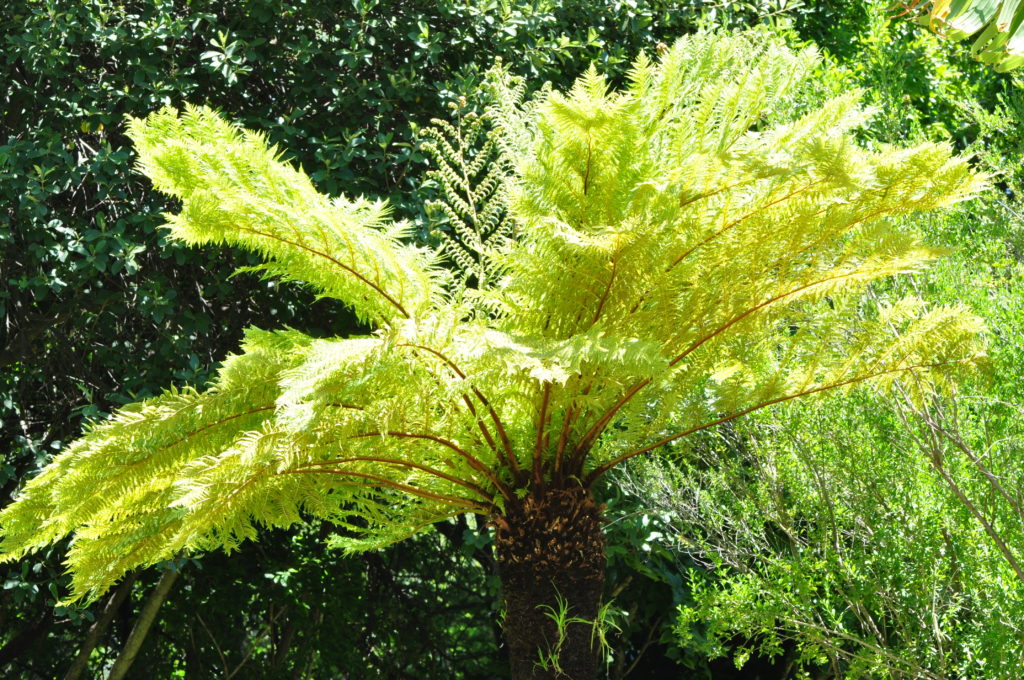
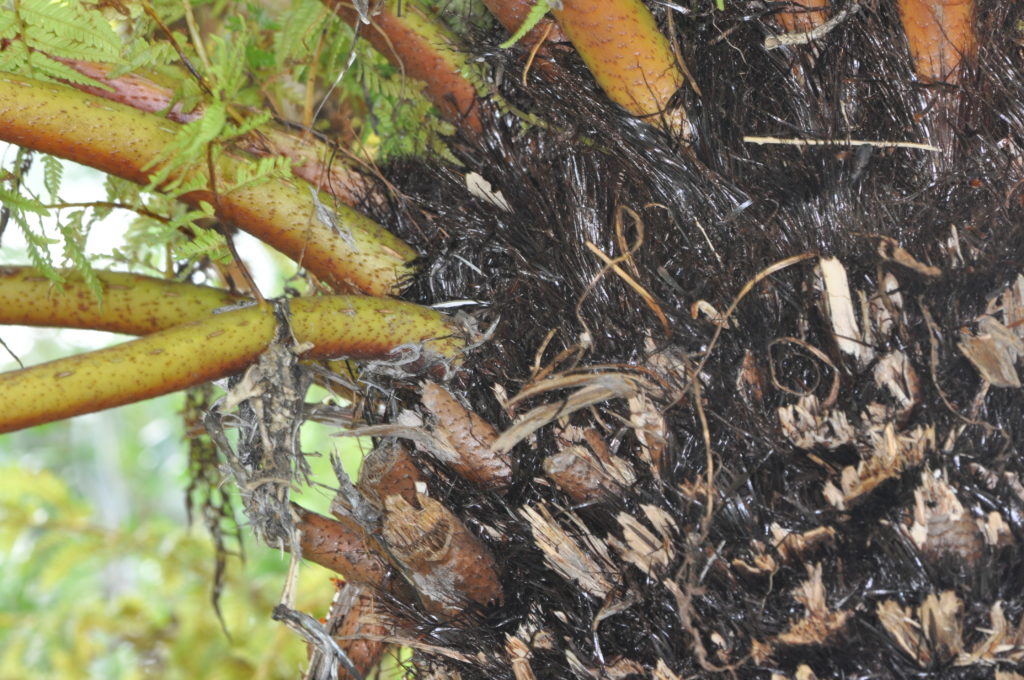
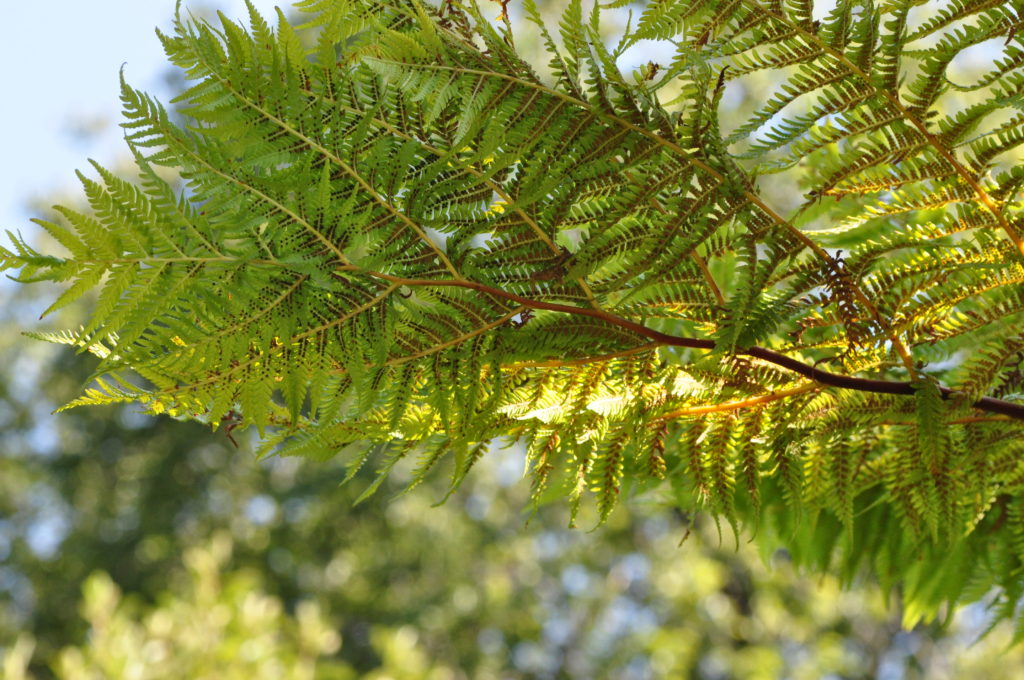
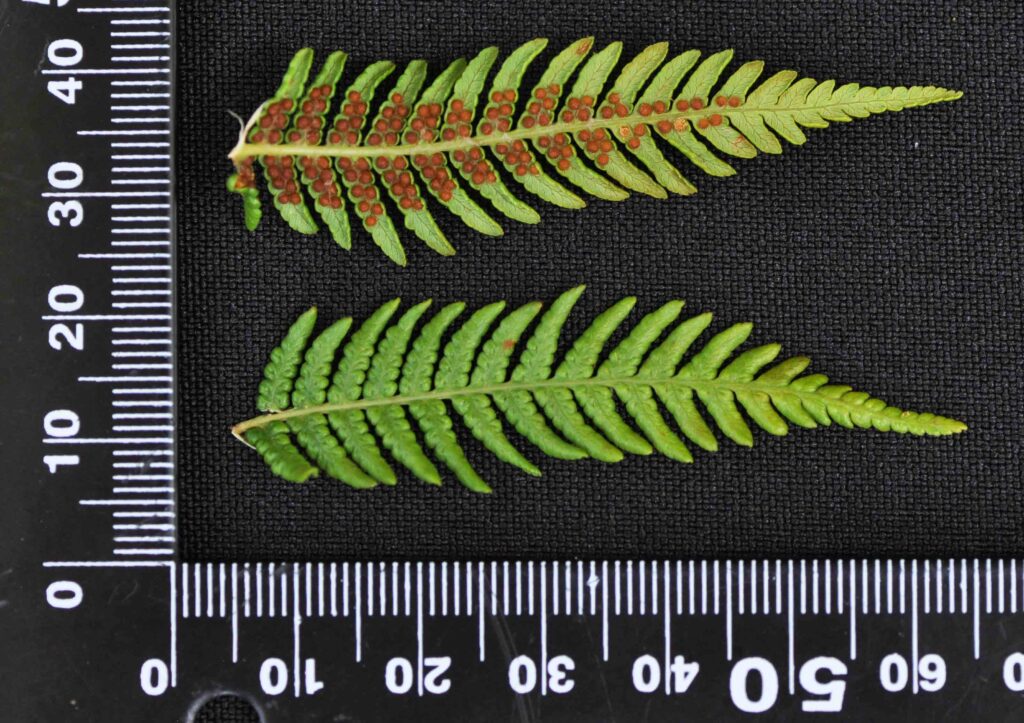
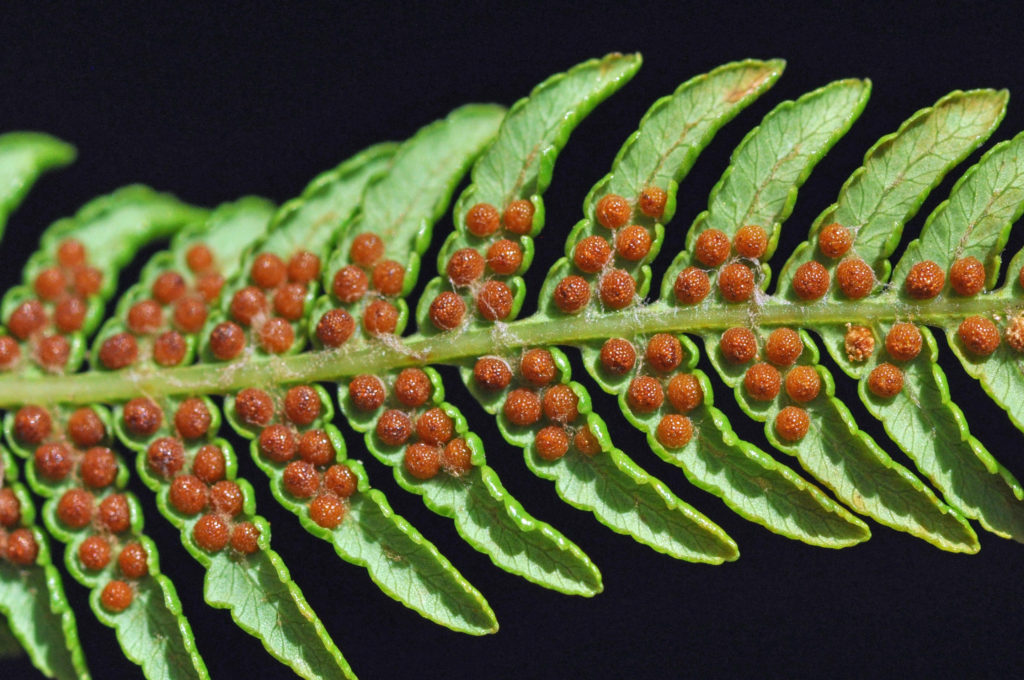
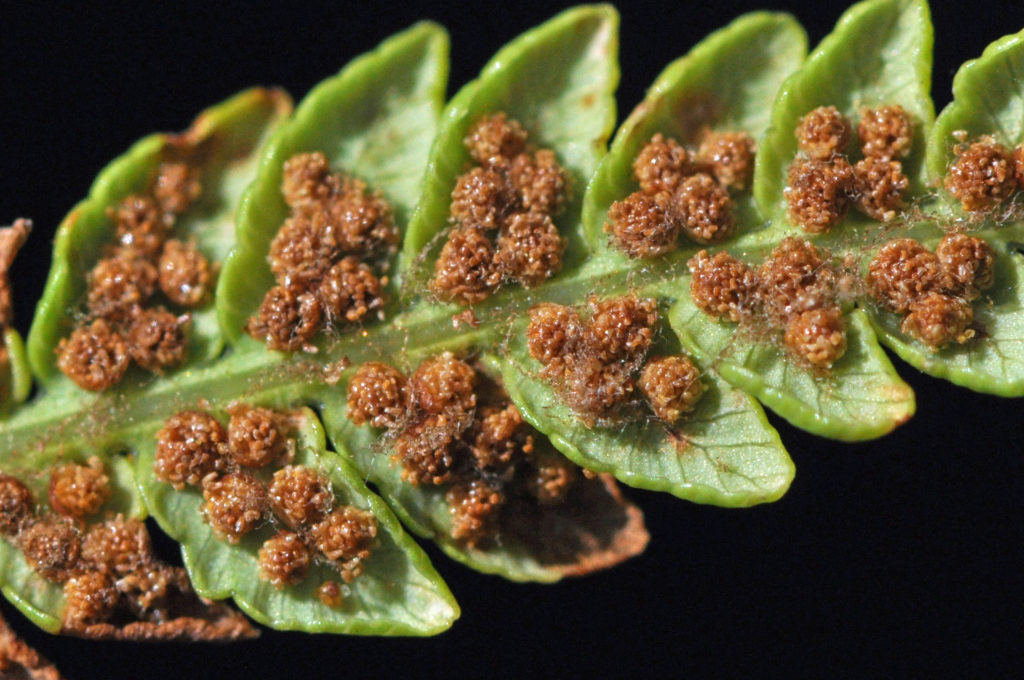
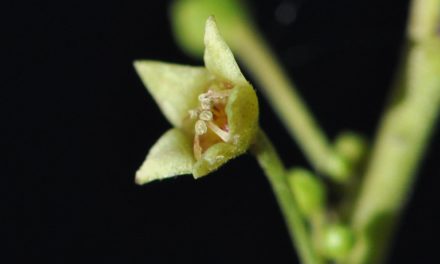
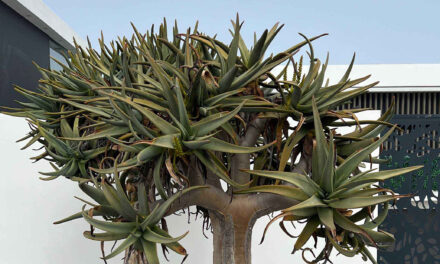
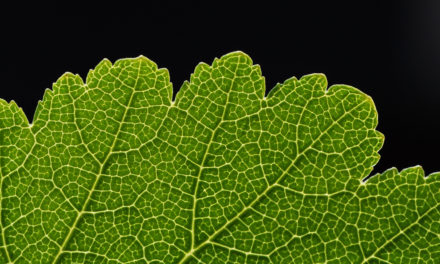
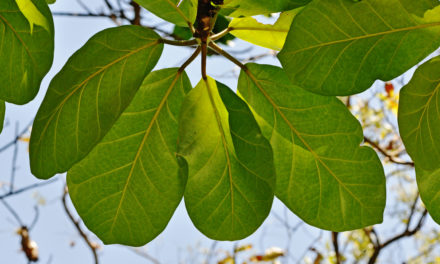
I am trying to find a supplier of the above mentioned tree fern, Cyathea Dregei. Our previous tree died on us, and have since moved home and would another to complete the gap in our collection. I know they are very slow growers.
Greetings
These ferns do not transplant well. Most people plant alien varieties. The one you are looking for may be grown from spores – not seeds but this takes time. The spores develop into a small heart-shaped structure where reproduction takes place. The new fern grows from thin structure. Good luck.
Dave
I require some alsophila dregei tree ferns…also pics and prices…my locality Cape Town
Greetings Anthony
Try Kirstenbosch Botanical Gardens. They do have trees growing there. N.B. Established trees do not transplant well.
Good luck
David Becking